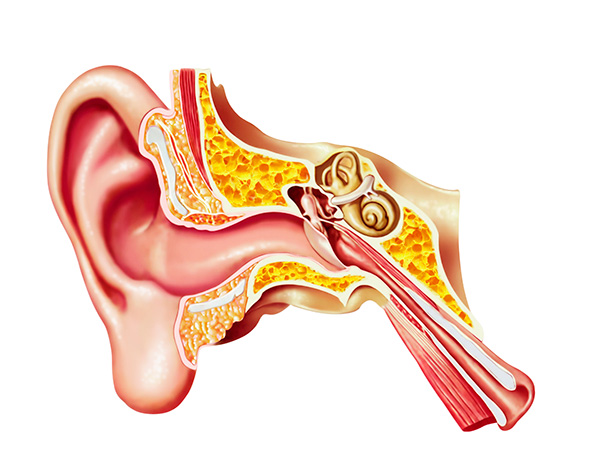Sound
Sound consists of very small pressure variations in the air that can be measured in the unit Pascal (Pa) or Newton per square meter (N/m2). The sound spreads with a velocity of about 340m/s in the air and weakens when spread in larger air volumes. A sounds frequency is the number of pressure variations per second and is measured in the unit Hertz (Hz). Sounds that we can hear are between the frequency interval of 20-20 000 Hz. The human ear can sense pressure variations from 20 µ Pa to 20 Pa (1 million times stronger). Because of this large span you instead use the logarithmic unit of decibel (dB) where 0 dB is the pain threshold, in other words the weakest sound a healthy hearing human can hear is 1000 Hz.
Sound consists of very small pressure variations that are measured in the logarithmic unit of decibel
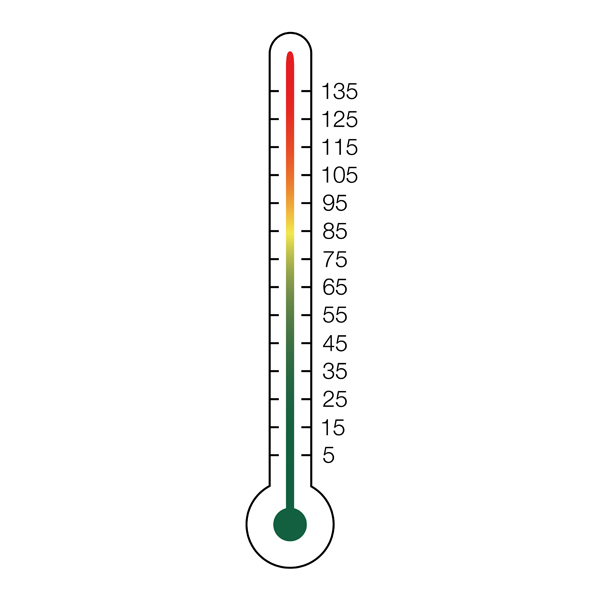
> Whispers 20dB.
> Hard rain 50dB.
> Normal conversation 60dB.
> Washing machine 75dB.
> City traffic 85dB.
> Hairdryer, lawn mower 90dB.
> Jet engine (airplane) 130dB.
> Thunder clap about 120dB.
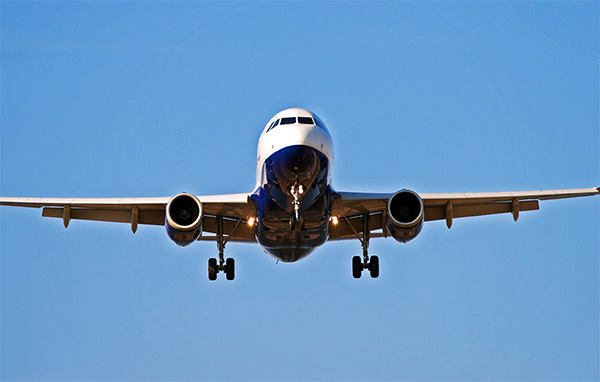
Exposure to noise
When assessing noise disturbances in different industries you use the ‘Same Energy Principle’. This means that a noise disturbance level of 85 dBA, an equivalent level to under 8 hours, is seen as dangerous as at a 3 dB higher noise level (88 dBA) for half of this time (4 hours).
Continues dB
85 dB
88 dB
91 dB
94 dB
97 dB
100 dB
103 dB
106 dB
109 dB
112 dB
115 dB
Permissible exposure
8 timmar
4 timmar
2 timmar
1 timmar
30 minuter
15 minuter
7,5 minuter
3,75 min (< 4min)
1,875 min (< 2min)
0,9375 min (< 1min)
0,46875 min (< 30sek)
Noise at work
The Swedish Work Environment Authority’s general advice on noise, AFS 2005:16. The equivalent A-weighted sound pressure level in the table is a guide when assessing a noise situation and when designing, planning and purchasing new equipment. Exposure values for different working conditions.
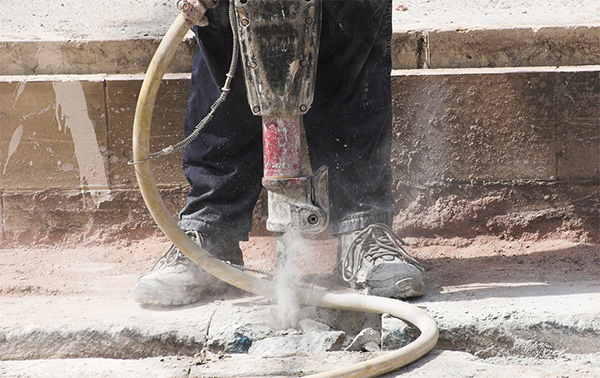
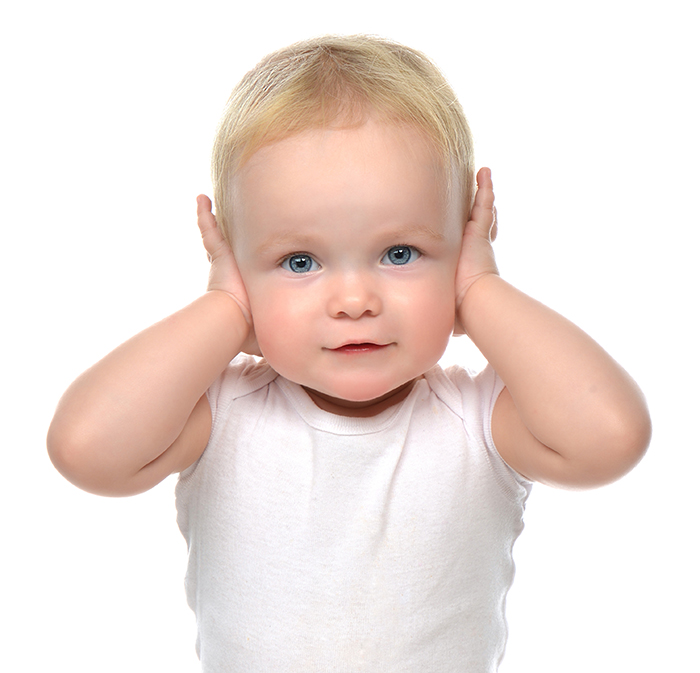
What is harmful noise?
Sound is small pressure variations in the air that are measured in decibels (dB). At sound levels up to 80-85 dB, the risk of hearing damage is relatively small. Above this level, the risk of hearing damage increases if you are subjected to prolonged exposure. If you pass the pain threshold of 130 dB, there is a high risk that your hearing will be permanently damaged, even with short-term exposure.
Annoying noise
Sounds that do not damage hearing, but can cause great irritation, for example snoring, loud neighbors or traffic noise.
The sound zones
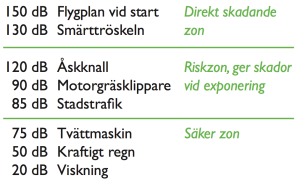
Protect your ears
Using SwedSafe’s earplugs is the easiest way to protect your ears – from harmful noise, disturbing and irritating noises, water or pressure changes. They provide effective protection and are comfortable to wear. The earplugs are basically invisible when you put them in place in the ear and therefore fit in most situations. Since they do not take up any space, and weigh little, it is easy to always carry them with you.
Earplugs for all situations
SwedSafe’s earplugs are available in many variants, adapted to provide the right protection in every situation. If you live in environments with
loud noise levels, you need effective attenuation so that your hearing is not damaged.
If you are disturbed by the chatter of those around you, your partner’s snoring or office noise, you may want to shield yourself, but not isolate yourself completely. If you need pressure equalization when flying, or don’t want water in your ears when swimming, earplugs can help you avoid problems.
SwedSafe has earplugs that fit all ears.
Increased use – important with comfort
The more comfortable a plug is, the more likely it is to be used! We are constantly working to develop products that increase the user’s comfort without impairing the stopper’s function (damping). On our disposable stoppers, we have a recess in the back edge of the stopper. This is to reduce the pressure in the ear canal and get a more comfortable fit. It also facilitates the insertion and removal of the plug.

All ears are different
In addition to the earplug having the desired function, it must also fit your ears. All ear canals are different in size and shape, and the earplug must therefore be the appropriate size and design.


Insert the plug correctly
To provide optimal effect, the earplugs must be inserted correctly. How this happens differs depending on which earplugs you use. If the earplugs are inserted incorrectly, the protective effect is reduced or lost. Also remember not to take out the earplugs too soon if you are in environments with loud noises. Carefully read the instructions on the respective product packaging so that the earplug fits correctly.
Children normally hear from the first moment and take in a lot of information by listening

Children’s hearing
The children’s hearing helps the child to develop thinking skills, an emotional well-being and to stimulate language development. Children normally hear from the first moment and take in a lot of information by listening. In the beginning, the child listens extra carefully to sounds and voices that are familiar to the child. The parents’ voice normally has a calming effect on the child. In the beginning, children mainly react to familiar sounds and startle at sudden and loud noises. Only at about three months of age has the temporal lobe, which is involved in hearing, smell and language, become more receptive to external sounds. Now the child can more actively start talking to you through dinghies or other sounds. Often the child also looks at you when they hear your voice. Children of this age are often overstimulated, which means that children cannot keep their concentration up especially longer to listen when you speak. Therefore, do not worry about the child’s hearing if the child looks away or loses interest after a while. By the age of five months, children can usually locate sound sources and determine where sounds are coming from. You will probably notice how the child looks or turns towards the sound source. Often children at this age can even recognize and respond to their own name.
Holding points
Here are some things that children should be able to do at a certain age if their hearing is good. These points can be signs of the hearing loss but can be individual in development as well. Pampers.se has created a more developed checklist for you as a parent to be able to see certain signs of whether your child (up to two years old) may suffer from a hearing loss. Link: http://www.pampers.se/checklista-barn-horselkontroll-barn-horsel
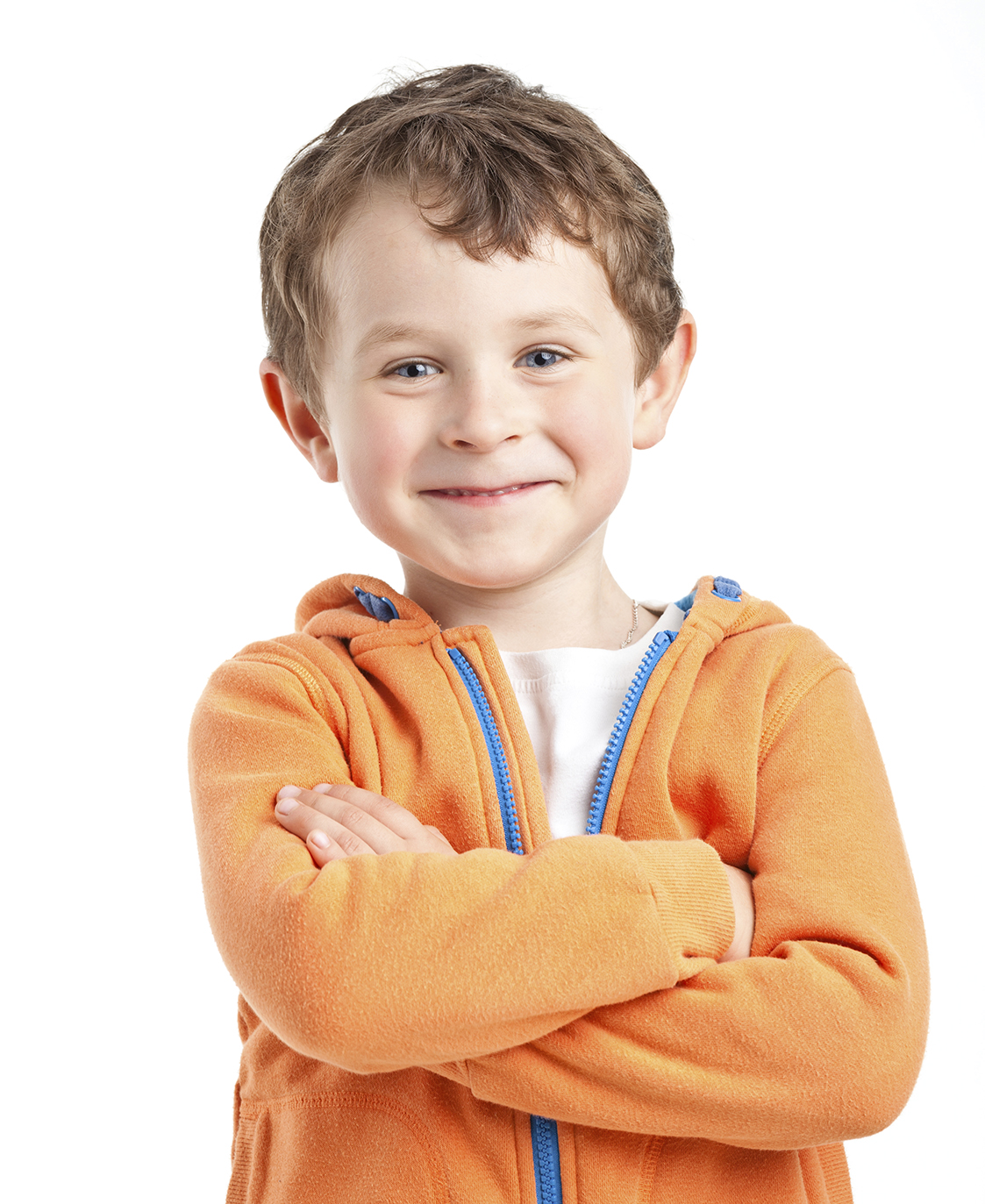
Signs that the child may have a hearing loss may be that they do not respond to you saying something to them or asking you to repeat things. Other examples could be that they:
• Look in another direction to find a sound
• Start speaking later than children of the same age
• Can’t pronounce words or sentences correctly
• Can’t hear certain sounds
Hearing damaging sound/noise
There can be several different sounds and noise levels that a child is exposed to in everyday life. Below are some examples of sounds in everyday life that can have negative effects on children’s hearing. • Toys can make loud sharp noises and children sometimes have the toys very close to their heads and ears. Therefore, it can be good to ensure that the child does not have a loud toy near the ear for a long time. • Noise, commotion, loud voices when the child is at school or in kindergarten. • Renovations at home. Some machines can make loud noises. Lawn mowing. • Music and TV programs. Check that the sound level is not too high. • Computer games and video games. Perhaps the child often sits with headphones on, important to inform about the risks of having the sound too loud
Teach children about hearing, how it works and how it can be damaged. Inform about what hearing damage means so that the child knows the risks of excessively loud sounds, both during longer exposures and short ones. Tell us about earplugs, why they should be used and when and how they should be used. If the earplugs are not at hand in certain situations, tell the children that they can instead put their hands over their ears to temporarily protect their hearing in situations where loud sound volumes suddenly arise.
